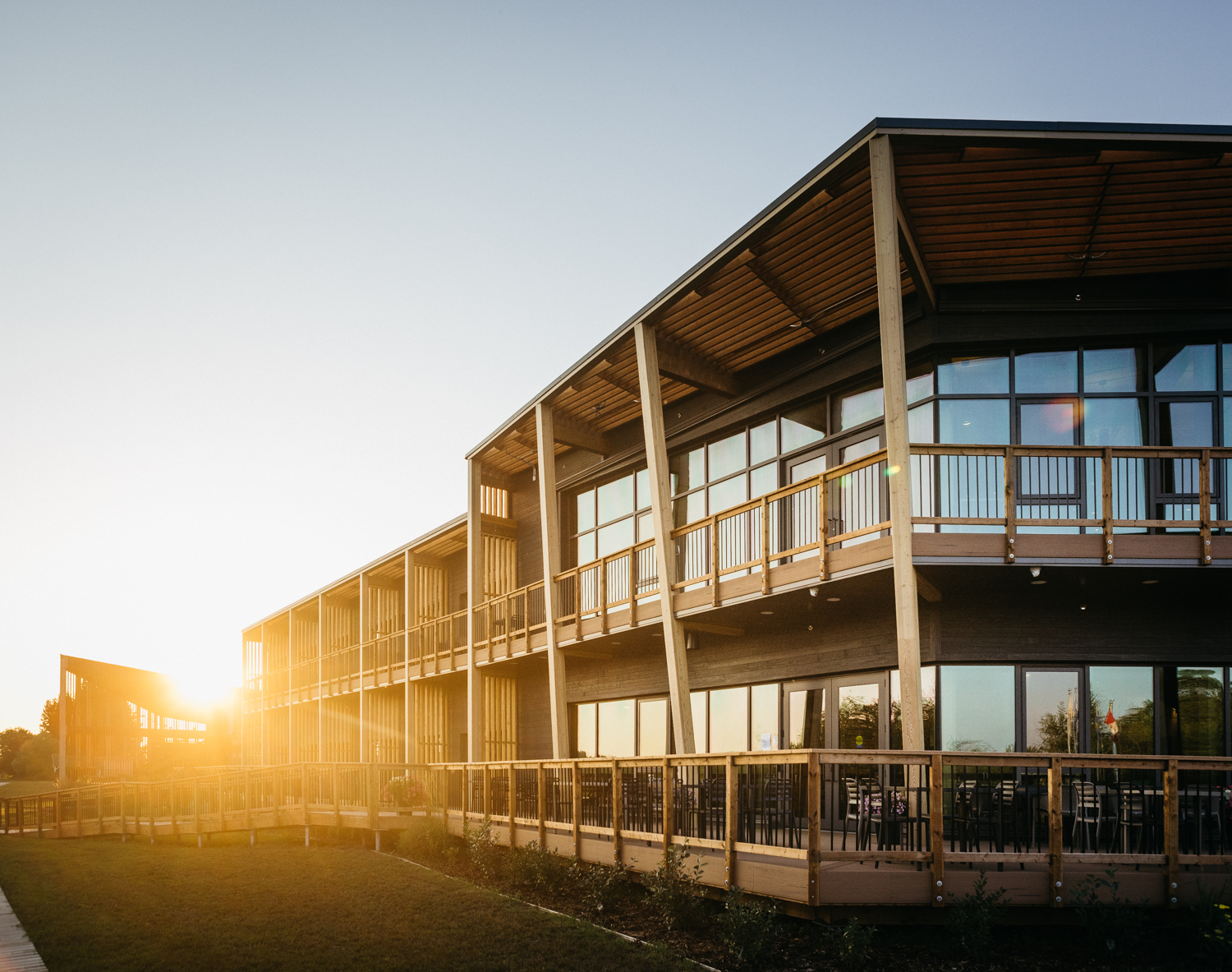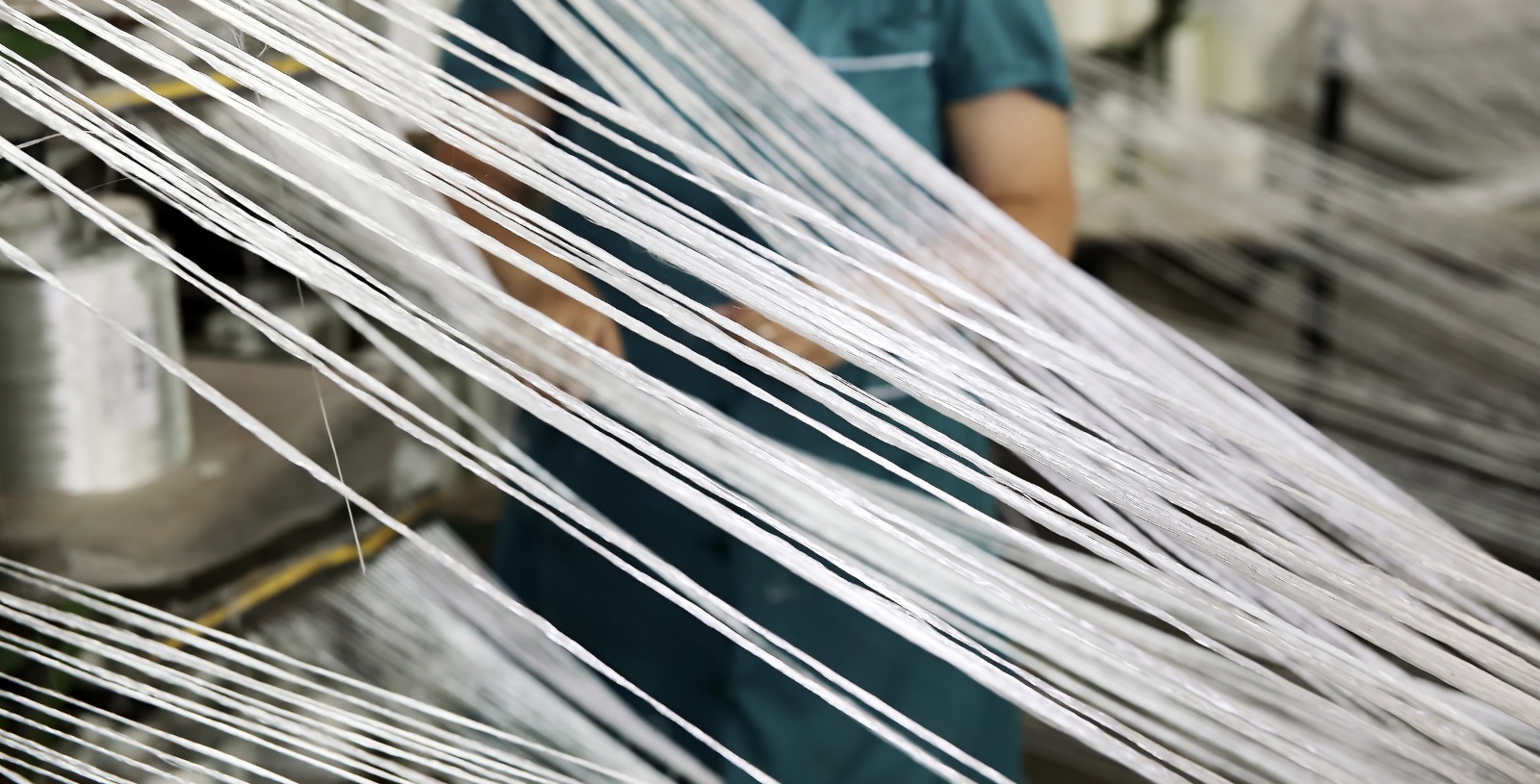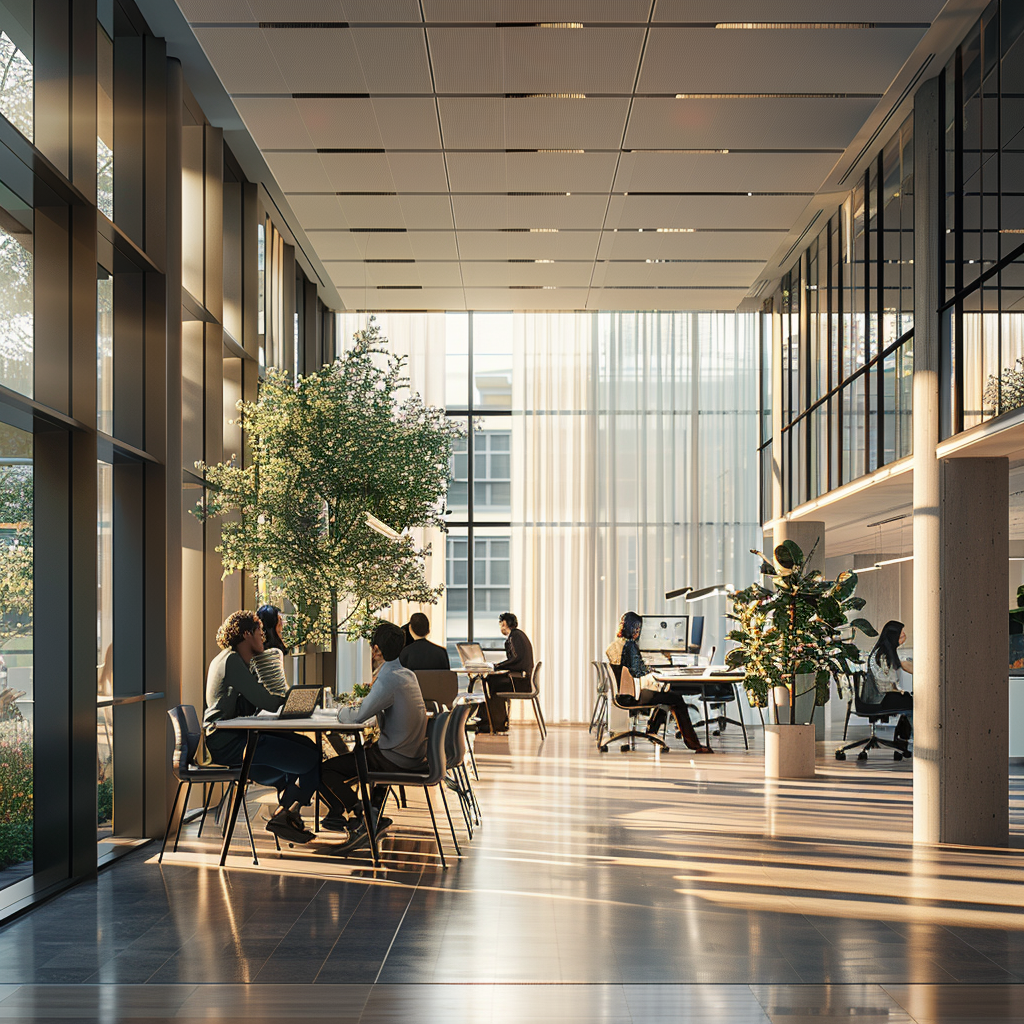The Path to Performance: Analyzing the ROI of Fibreglass-Framed Curtain Walls
March 25, 2024

In today’s environmentally-sensitive and economically competitive world, the construction industry frequently finds itself at the crossroads between creating cost-effective and aesthetically-pleasing designs on the one hand, with designs that are also low-carbon and high-performance on the other hand.
The heart of this challenge often lies in choices made around building envelopes — particularly glazed curtain walls — primarily because of the defining role that façade design plays in architectural appeal as well as its considerable impact on budgets both short-term and long-term.
However these trade-offs between short-term and long-term budgetary impacts are frequently in tension, in which high-performance systems typically offer better long-term durability and lower long-term maintenance costs at the expense of greater upfront investments, and low-performance (ie. “conventional”) systems offer less durability and higher long-term maintenance costs in exchange for lower initial outlay.
But where do fibreglass-framed Thermaframe systems fit into this spectrum of risks and rewards? Is there possibly a way to have our cake and eat it too? Let’s take a closer look!
Initial Outlay:
Understanding the Investment
Before we even compare low-performance (ie. “conventional”) curtain wall systems with high-performance systems like Thermaframe, we should probably ask ourselves: why even take the leap at all? Glazed curtain walls are a considerable investment to begin, so why not (to play devil’s advocate) just get rid of them altogether and make our buildings a whole lot “more efficient”?
We’re glad you asked! Because it turns out that there’s a whole pile of academic research¹ (not to mention a healthy dose of pragmatic intuition) that makes it very clear that these three factors matter quite a lot to our individual and collective wellbeing:
- Access to views of natural beauty
- Plentiful daylight and fresh air
- And, yes, exterior façade aesthetics!
So if we’re going to maximize these three factors to design the best buildings we possibly can, isn’t it clear that glazed curtain walls are the perfect tool for the job?
With that as our starting point, we can now look to compare low-performance (ie. “conventional” mostly aluminum-framed) curtain wall systems with high-performance (ie. fibreglass-framed) systems. And what do we discover in this analysis?
We discover that fibreglass-framed curtain wall systems tend to require a more significant initial investment than aluminum-framed systems, but still less than timber-framed or steel-framed systems, meaning that for owner-occupied buildings striving for Net-Zero, Passive House, or LEED, fibreglass-framed curtain walls represent a very cost-competitive option in terms of upfront costs. And that’s before we even look to the long-term opportunities and benefits.
So with that, let’s look long-term to figure out the whole ROI picture for fibreglass!

Maintenance and Durability: The Unsung Heroes
The long-term durability of fibreglass² results in reduced maintenance costs and extended lifecycles for building envelopes. Unlike aluminum, which may corrode or degrade, particularly in harsh cold climates, fibreglass remains steadfast, resisting corrosion, UV damage, and temperature-induced stress. This resilience means less frequent need for repairs and replacements, reducing overall ownership costs and preserving the building’s value over time. Fibreglass’s robust performance in the world’s most demanding environments assures its role as a cost-effective and sustainable choice for modern construction.
Energy Efficiency: The Pillar of Savings
The industry-leading thermal performance of fibreglass is another area where the initial investment pays clear dividends. By significantly reducing heat transfer and improving long-term air-tightness, fibreglass-framed systems ensure that less energy is required to heat or cool a building every single year, directly translating to lower utility expenditures and less stress on critical mechanical systems. Over time, particularly for owner-occupied buildings where the short-term and long-term incentives are properly aligned, these savings readily offset the initial premium and demonstrate the financial prudence of choosing high-performance systems!
In this context, understanding the critical role of building envelope thermal performance, including factors like window-to-wall ratios, becomes paramount. The building envelope acts as the barrier between the indoor and outdoor environments, playing a pivotal role in minimizing energy loss. By optimizing these window-to-wall ratios and incorporating advanced materials like fibreglass, we not only improve a building’s thermal insulation but also its overall energy consumption.
This careful balance ensures that our buildings are not just structures, but highly efficient systems working to reduce utility costs and environmental impact over their lifespan. Each element, from the thermal break in the frame to the type of glazing used, contributes to a building’s ability to maintain stable internal temperatures, demonstrating the profound impact of thoughtful, energy-efficient design on long-term sustainability and comfort.
Intangible Benefits

Beyond measurable financial returns, high-performance façades offer significant intangible benefits that deeply impact the user experience within buildings. Enhanced thermal comfort is a key advantage, directly leading to improved occupant satisfaction and enhanced productivity.³ Thermaframe ensures that spaces are not just physically welcoming but also conducive to concentration and learning.
The link between a well-regulated environment and cognitive function is well-documented, with studies indicating that individuals perform better in tasks, feel more engaged, and experience lower levels of stress in comfortable settings. This improvement in the quality of the indoor environment fosters a more positive and productive atmosphere, essential for the success of any educational endeavour or workplace.
Concluding Thoughts: A Wise Investment
Evaluating the path to performance through the lens of curtain wall ROI reveals that the initial investment is just the beginning. The real value lies in the long-term energy savings, reduced maintenance, material durability, and positive impact on occupant comfort and building valuation.
GlasCurtain’s broad project portfolio exemplifies the wise investment that Thermaframe represents, highlighting our systems’ role in promoting sustainability, performance, and unparalleled comfort in the built environment. By choosing fibreglass, stakeholders are not only securing financial benefits but are also contributing to a healthier planet.
As we continue to push the boundaries of sustainable building design, let’s consider the broader implications of our material choices and embrace solutions that offer a superior return on investment in every sense. Our long-term future depends on it!
Image Credits: Cooper & O’Hara (1)
Footnotes:
- Access to Daylight and Views Improves Physical and Emotional Wellbeing of Office Workers: A Crossover Study. Frontiers in Sustainable Cities, September 2021 (link)
- Long-term Durability of Glass-fiber Reinforced Composites in Infrastructure Applications. Journal of Advanced Materials, April 1997 (link)
- Long-Term Exposure to Greenspace and Cognitive Function during the Lifespan: A Systematic Review, Int J Environ Res Public Health, September 2022 (link)

